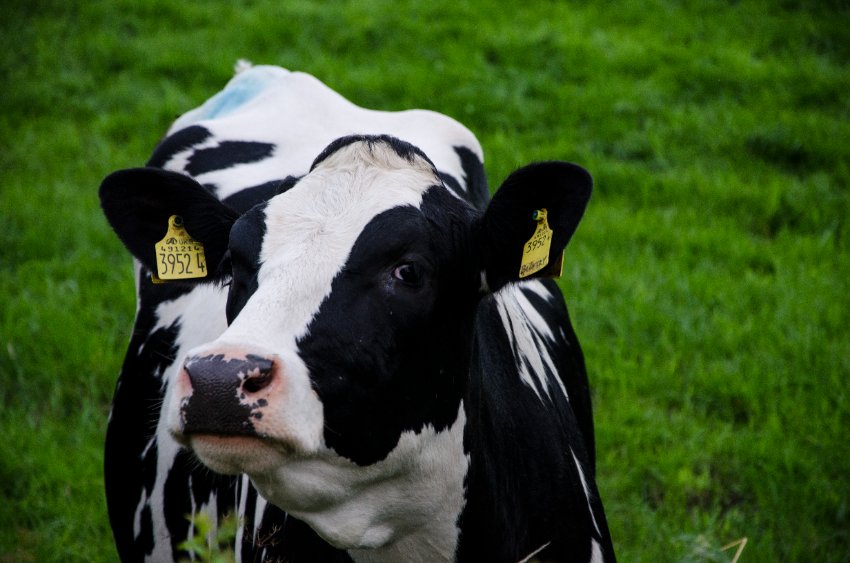
New figures published today show a major decrease in carbon emissions stemming from Northern Ireland's dairy sector.
The carbon intensity indicators report shows the progress of the industry in reducing carbon emissions per litre of milk produced.
The Department of Agriculture (DAERA) found that total emissions intensity decreased from an average of 1,927 grams of CO2 equivalent per kg of energy corrected milk in 1990 to 1,215 grams in 2020.
The report complements the emissions data provided by the historical greenhouse gas inventory and the Northern Ireland greenhouse gas projections.
It will assist the local government in monitoring the efficiency of its carbon reduction policies.
The Ulster Farmers' Union (UFU) said the findings were "testament to the efforts of the Northern Ireland dairy sector in tackling climate change".
“It is a well-known fact that NI milk production has expanded since 1990, but the total number of dairy cows over this period has increased by only 13%," said UFU dairy chair, Kenny Hawkes.
"This means that the improvement in the carbon footprint has been driven by substantial increases in milk yield per cow."
He said dairy producers were continuing to deliver on the climate change front, successfully working to reduce emissions on farm while producing food.
“This is positive news for the dairy industry which must be considered in the ongoing and intensifying debate on climate change," Mr Hawkes added.
